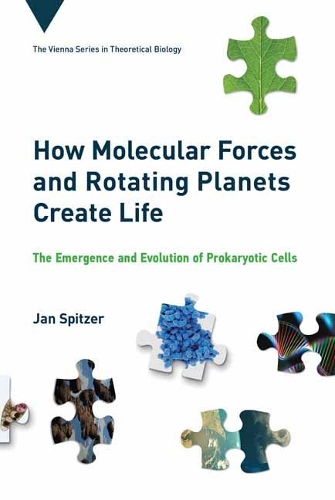
How Molecular Forces and Rotating Planets Create Life: The Emergence and Evolution of Prokaryotic Cells
(Hardback)
Publishing Details
How Molecular Forces and Rotating Planets Create Life: The Emergence and Evolution of Prokaryotic Cells
By (Author) Jan Spitzer
MIT Press Ltd
MIT Press
4th May 2021
United States
Classifications
General
Non Fiction
579.3
Physical Properties
Hardback
240
Width 152mm, Height 229mm
Description
A reconceptualization of origins research that exploits a modern understanding of non-covalent molecular forces that stabilize living prokaryotic cells. Scientific research into the origins of life remains exploratory and speculative. Science has no definitive answer to the biggest questions--"What is life" and "How did life begin on earth" In this book, Jan Spitzer reconceptualizes origins research by exploiting a modern understanding of non-covalent molecular forces and covalent bond formation--a physicochemical approach propounded originally by Linus Pauling and Max Delbr ck. Spitzer develops the Pauling-Delbr ck premise as a physicochemical jigsaw puzzle that identifies key stages in life's emergence, from the formation of first oceans, tidal sediments, and proto-biofilms to progenotes, proto-cells and the first cellular organisms.
Author Bio
Jan Spitzer, a PhD in Physical Chemistry from Queen Elizabeth College at the University of London, has had a long career in chemistry and polymer science, as Associate Professor, and Research and Development Manager in synthetic latex industry. He is the author or coauthor of numerous peer-reviewed papers, technical articles, and book chapters.
